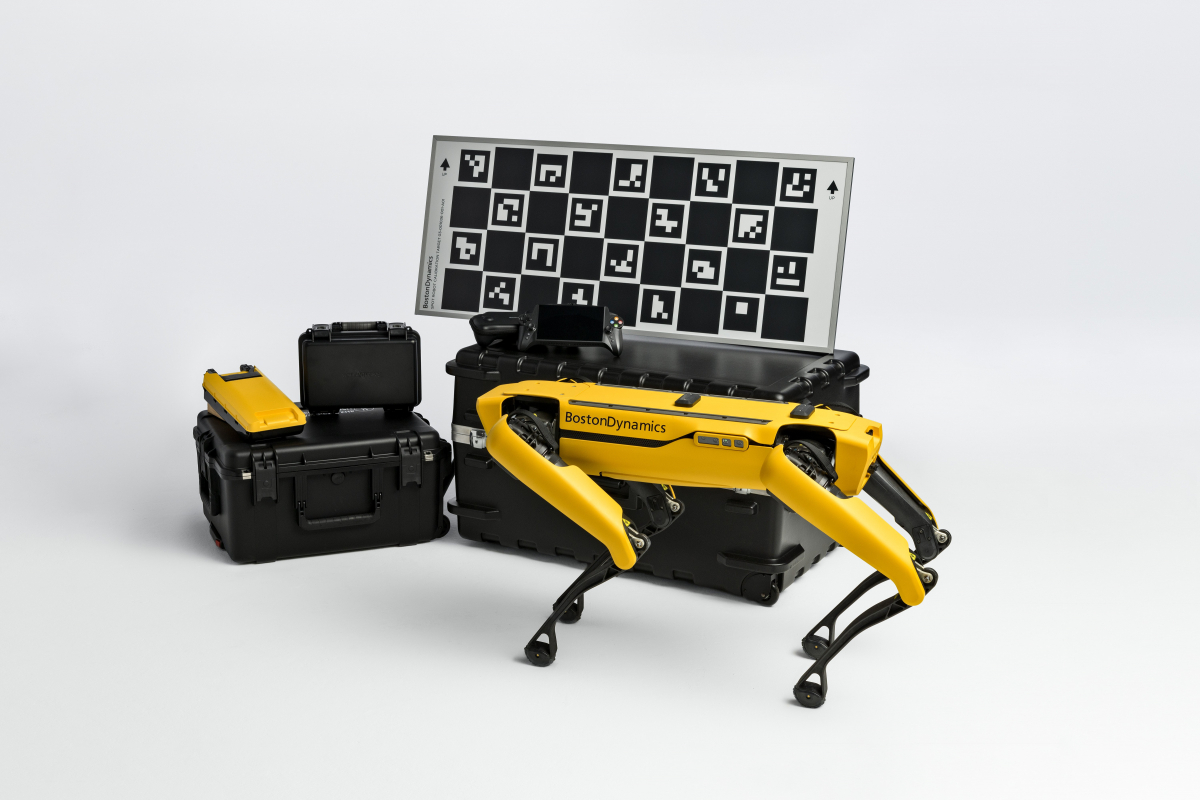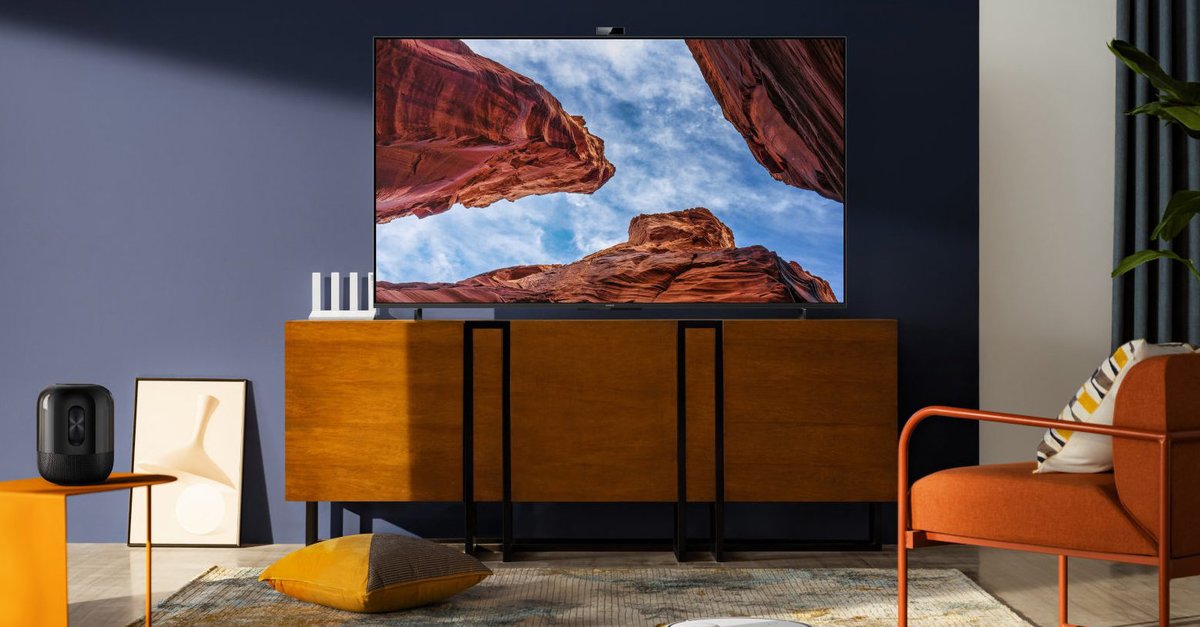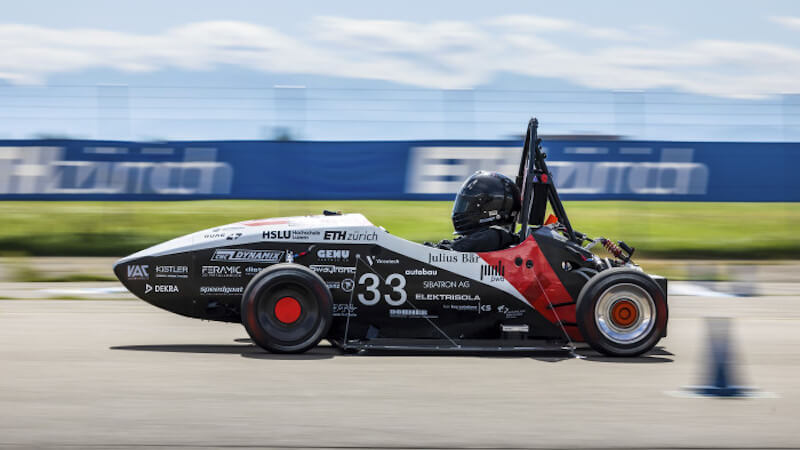What can Spot, Astro and the Tesla Bot actually do?
Will robots take over our work in the future or will they plunge into dangerous situations for us? We take a look at the currently most important projects and tell you what the robots can already do.
The idea of robots has excited and frightened people for many decades. Whether they relieve us of all physical activities, go to war for us or turn against their creators: There are no limits to the imagination. But how does it actually look in reality? Our list shows: vacuum and floor mopping robots will definitely not be the last smart devices that will make it into our everyday lives in the near future.
Contents
Spot: Not particularly cute, but ready to go
The company Boston Dynamics, which has meanwhile been taken over by Hyundai, has already launched a robot in various designs with Spot. In contrast to his lively role models, however, Spot is very useful and can only be described as cute with a lot of benevolence. It is not for nothing that TV productions such as “War of the Worlds” and “Black Mirror” have used similar designs for evil alien combat robots.
The robot dog is freely available, but only for individuals with tens of thousands of dollars on their feet. For companies there is an additional model with the Spot Explorer. Spot is said to be a suitable robot, especially for dangerous police and military tasks such as reconnaissance and bomb disposal. The New York police had already used Spot – mainly for observation purposes – but brought the dog back to the “shelter” after a lot of criticism. The Bundeswehr is also already testing Spot.
Also as Herding dog and even in Fight against Covid-19 the robo-dog was used. Thanks to numerous sensors, its great mobility and sophisticated 360-degree camera technology, Spot is suitable for entering dangerous areas, exploring them and taking on simple activities there. This can help in a pandemic to examine and care for people in quarantine, but is of course also an option for less honorable purposes. After all: If necessary, you could still run away from Spot at a speed of less than 5 kilometers per hour.
What is particularly smart about Spot is its handling of rough terrain and obstacles. Control is still taken over by humans.
Robot dog spot from Boston Dynamics. (Photo: Boston Dynamics)
Spot at a glance:
- Dimensions: Approximately 110 centimeters long
- Weight: around 33 kilograms
- Price: over $ 70,000
- Speed: just under 5 kilometers per hour
Astro is probably the most spectacular prank from Amazon’s last product presentation. The cute AI robot is visually discreetly reminiscent of Pixar’s Wall-E and will roll through the first apartments from this winter. He can move around independently and learn, for example, to recognize household members and to sound the alarm in the case of uninvited guests.
Overall, the functionality of Astro is somewhat reminiscent of a new generation Alexa with a motor and cup holder. Critics call the little tech buddy one even before the release Camera on wheels, a Data protection nightmare and stupid on top of that. The product design and the prospect of further future functions still have what it takes to make Astro a best seller. It is quite possible that the little robot will be rolling through thousands of households – and filming – in just a few years.
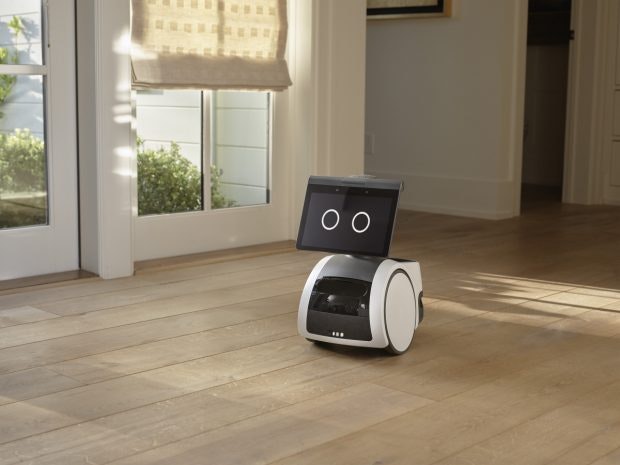
The little astro was undoubtedly the star of the Amazon event. (Image: Amazon)
Astro at a glance:
- Dimensions: about 40 centimeters high
- Weight: approx. 9 kilograms
- Price: around 1,250 euros
- Application: entertainment and support in the household, smart alarm system
The Tesla Bot was announced at this year’s AI-Day by Elon Musk. In contrast to Spot and Astro, this is a humanoid robot that at first glance looks a little like a futuristic mannequin. But there is another important difference: While Spot is already in use and Astro will roll through the first apartments after the Christmas business at the latest, the Tesla Bot is currently still a dream of the future.
A prototype is said to be released in 2022. The robot should be able to take over shopping or other simple activities. However, the human-like assistant should also cause discomfort, as this is a classic candidate for the Uncanny Valley Effect: According to the first concepts, the robot is very human-like, but not 100 percent. It is precisely these small divergences that make robots or, for example, animated film characters have a deterrent effect on many people.
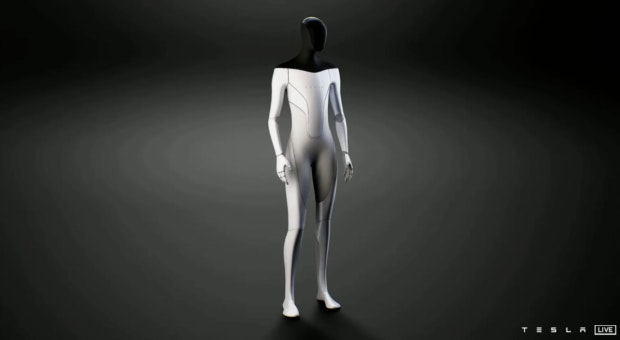
This is what the Tesla Bot should look like. (Screenshot: Youtube / Tesla)
Tesla Bot at a glance:
- Dimensions: 176 centimeters
- Weight: around 57 kilograms
- Power: Load up to 20 kilograms, should be able to lift up to 68 kilograms
- Speed: up to 8 kilometers per hour
- Area of application: likely to be simple physical activities
Whether Sony’s Robot-Dog or the Heath Education Robot: Robots with a simple range of functions have been on the market for a long time or even disappeared from him again. Various smart helpers have been tested and further developed for years, especially in care. While proponents hope for relief for caregivers and more variety and mental training for those in need of care, critics fear a dehumanization of care.
Ultimately, Paro is a smart cuddly toy that reacts to voices and touch and is just very fluffy. It is hoped that Paro will have a positive effect on people with dementia in particular. In any case, the seal is well received by the testers, as are various others Show youtube videos.
The care robot Pepper has been part of the Caritas day care tested in Erlenbach, Lower Franconia and with great success. However, the robot does not replace a nurse. Pepper’s range of functions includes answering simple questions, an entertainment program with picture puzzles, dance units and jokes or, as it is called in this FAZ video: “It brings the atmosphere into the booth”.
In addition to Pepper, there is still numerous other care robots: Among them cute companions like Buddy, who optically goes in the direction of Astro and should above all provide emotional support, or the Car-o-Bot, a nursing butler, which the Fraunhofer Institute is also working on.
Admittedly, if the supermarkets are populated with Tesla bots in one to years, carrying shopping bags and getting information about the latest organic products, then that would be a drastic change for our everyday life and the use of technology. The robot dog spot also already has specific uses and should quickly find other fixed areas of application – in a positive and negative sense. But he too still needs human control.
Care robots or Amazon’s Astro are ultimately not much more voice assistants in a stylish shell at the moment. The big AI revolution is not yet. However, because they are able to recognize people, they appear much smarter than they did a few years ago. However, there is still a big gap between claim and reality, as recently revealed, for example, by a vacuum robot in the carpet prison. But whether really smart or not: The robots are definitely on the threshold of our everyday life and should soon see us regularly.
